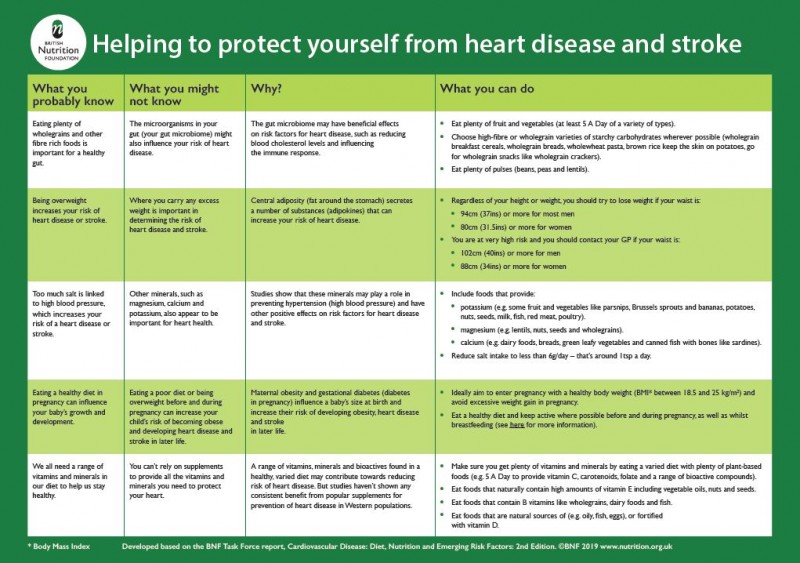
It is well-known that too much sodium can cause serious health problems. The amount of sodium a person consumes is closely related to their risk for cardiovascular disease and hypertension, two diseases associated with high blood pressure. You can reduce your sodium intake by eating less salty snacks and adding less salt to your meals. You should also limit the intake of processed and fast foods. Here are some strategies to lower sodium consumption.
Increasing the amount of sodium in your bloodstream will increase your water retention. This causes blood vessels to expand, leading to more water retention. Over-saturated blood vessels stretch and build up plaque, making them susceptible to heart disease. Additionally, too much sodium will cause your body to feel bloated. Over-salinization can have serious consequences for your health.

Too much sodium can cause serious health problems. Your body needs a certain amount of sodium to function properly, but too much can cause health problems. Studies have shown that sodium-rich diets can increase the risk of high bloodpressure. Although sodium is vital for nerve and muscle function, and to regulate body fluids it is best to reduce your intake. Your daily intake should not exceed two thousand milligrams.
In addition to affecting the brain, too much sodium can also contribute to heart problems. A high sodium diet can increase the risk of developing cardiovascular disease in the United States. The Centers for Disease Control and Prevention recommend Americans not consume more than 1,500mg of sodium daily. For most people, this number should not exceed two thousand milligrams daily. Nonetheless, there are some foods higher in sodium than others.
Too much sodium can have adverse effects on the heart and other organs. It may actually be beneficial for your health. High blood pressure patients should restrict their sodium intake to less than 2,000mg per day. Low blood pressure can also be beneficial. Reduce salt intake to lower your risk of getting heart disease. And this is only the beginning. You must reduce sodium intake if you want to reap the health benefits of a healthy lifestyle.

The number of deaths due to too much sodium intake continues to rise. High sodium intake is increasing the risk of heart disease and high blood pressure. Reducing sodium intake can help reduce your risk of developing cardiac problems. In addition to avoiding salty foods, you should also avoid processed foods and salty foods. You should rinse canned vegetables and legumes before they are eaten. You can rinse your legumes and vegetables first if you don't want to wash them.
FAQ
Eggs good for men
All nutrients are contained in the egg. It also helps maintain strong bones, a healthy heart and lungs, and stable blood pressure.
Eggs are rich in protein, vitamin A, B12 and D,E,K, as well as vitamins A,B12 and D,E,K, calcium, iron, phosphorus, manganese, copper, magnesium, and riboflavin.
The egg yolk is high in cholesterol. However, it doesn't contain saturated fat. Eggs are low in saturated fat compared to other foods.
They are also low on calories and sodium. You can make them in any way you like. They can be poached or scrambled, baked, hard-boiled, or fried.
They are extremely nutritious and simple to prepare.
Two whole eggs should be eaten each day. Avoid eating eggs.
Essential nutrients are found in eggs. Include eggs in your daily diet.
How many calories should I eat daily?
It varies from one person to another. The average is 2000 - 2500 calories per day. It's important to assess your life style, gender, age and height in order to determine how much calories you need.
How quickly can I transform the body of my child?
It all starts by changing your mindset. First, you must decide to make a change.
Once you've decided to make a change, you must commit to working on your fitness for at least three months.
Next, you will need to find a program that suits your lifestyle.
Setting realistic expectations is also essential. If you're not willing to invest the time and effort required to achieve your goal, then don't buy a gym subscription.
Instead, make use of your time outdoors.
If you spend an hour a day walking around the block, you'll burn enough calories to lose 1 lb per week.
Now that you are clear about what you want to do, plan how you will organise your life around this plan.
This includes making sure that you schedule a time to work out every morning before leaving for work and take breaks throughout the day to move.
Finally, you should reward yourself when you reach milestones. This could be buying accessories or clothing that reflect your success.
Statistics
- An estimated calorie range for moderately active adult males falls between 2,200 to 2,800 calories per day, depending on age. (eatright.org)
- The PRS enabled risk stratification for overall prostate cancer and lethal disease with a four-fold difference between men in the highest and lowest quartiles (HR, 4.32; 95% confidence interval [CI], 3.16-5.89). (pubmed.ncbi.nlm.nih.gov)
- 10 pounds in a month is likely during a lean bulking phase, especially for beginners. (muscleandstrength.com)
- Get free shipping and 25% off today. (healthline.com)
- Candidates and applicants must pass all four tests at 70% (minimum level) to graduate from Basic Deputy U.S. Marshal (BDUSM) Training. (usmarshals.gov)
External Links
How To
How can a man be fit in only 30 days?
The best way to achieve fitness goals is by breaking them into small achievable steps.
It is important to work towards your goal every day. This could be anything from running 3km to doing 10 pushups in 5 minutes.
You will notice positive results if this is done consistently over time.
Consistency is the key here. You have to keep at it until you succeed!
What is the difference between Aerobic Fitness (or Anaerobic Fitness)?
Anaerobic fitness describes the body's ability not to use oxygen to perform intense physical tasks. Anaerobic pathways provide sufficient energy for high-intensity exercise. Anaerobic pathways include glycolysis and creatine phosphate.
Aerobic fitness, however, refers to the continuous practice of low-intensity aerobic exercise. While performing aerobic exercises, oxygen is used as the primary source of fuel for the cells. In other words: The aerobic pathway gives more energy than that of the anaerobic.
To run a marathon you need to first increase your aerobic capacity. If you only focus on building up your anaerobic capacity, you won't be able to finish the race.
Aerobic fitness is also known as cardiovascular fitness. The two most common methods of measuring cardiovascular fitness are VO2 max testing and step tests.
Test VO2 Max
The body's maximum oxygen consumption during exercise is called the VO2 Max. This test determines how much O2 your body can use during exercise.
This test measures cardiovascular fitness in a way that is most accurate. However, the test can only be administered by highly trained professionals and requires expensive equipment.
Step Tests
Step tests are simple yet effective methods of measuring cardiovascular fitness. You will be asked to walk, jog or run for a specific time on a track. This is based on your age or weight.
These tests cost little, are quick and simple to do, and can be carried out almost anywhere. For instance, you can walk on a treadmill for 2 minutes, rest for 1 minute, repeat this process for 20 minutes, and then stop. Throughout the entire session, your heartbeat should stay within a set range.
This method is called the Bruce Protocol. Bruce himself was a runner who developed this protocol after he realized that his heart rate would not increase when he ran longer distances.